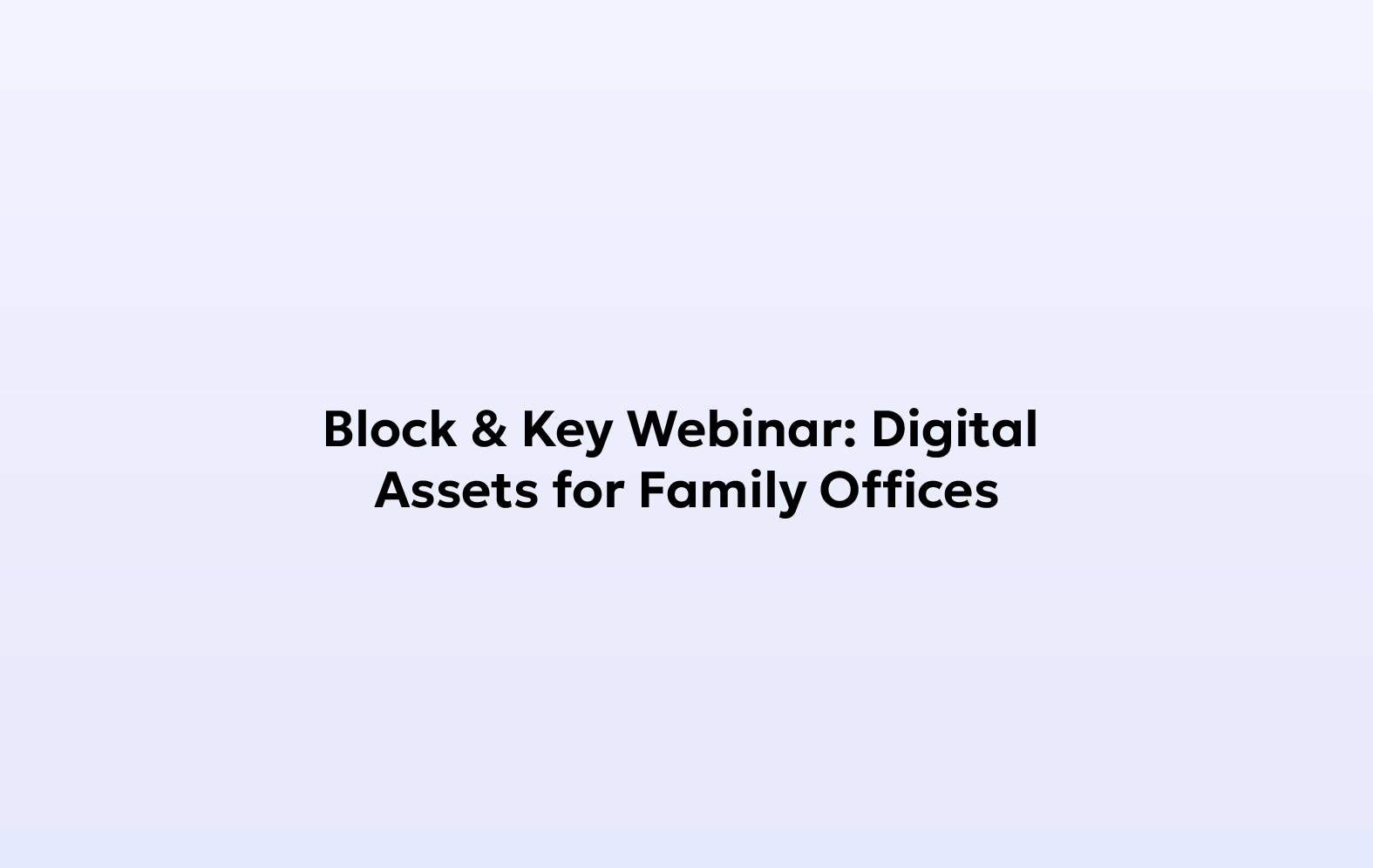Ethereum supports a vast array of decentralized applications such as DeFi, NFT, etc., making asset ownership accessible to all. But, the cost of transacting and accessing dApps is enormous on Ethereum main chain. This is what polygon is designed to solve. You might be wondering what is polygon crypto and why does it matter? In a nutshell, the polygon network addresses two major problems faced by the Ethereum platform: high transaction fees and slow processing speed.
Key Takeaways:
Polygon network is a decentralized Ethereum scaling solution that lets you develop and deploy scalable decentralized applications. With a polygon side chain, you don’t have to sacrifice security and pay high fees on every transaction.
Definition: What is polygon?
Polygon is a “layer two scaling solution”, also referred to as a “sidechain”. It helps scale Ethereum’s capabilities enabling you to conduct faster transactions at a cheaper fee. This is why polygon is also referred to as “Ethereum’s internet of blockchains”. It makes blockchain user-friendly. The polygon side chain runs parallel to the Ethereum main chain. Polygon has its own native cryptocurrency – MATIC. MATIC is used for staking and network governance. Using dApps, you can bridge your crypto-tokens to Polygon’s MATIC token. Polygon’s MATIC token let you interact with popular dApps that are only available on the Ethereum main chain.
How does Polygon work?
The polygon side chain employs a diverse range of technologies to create a faster parallel blockchain as well as links the side chain to Ethereum’s main chain. The proof-of-stake consensus mechanism ensures the top-down security of the polygon blockchain. Polygon’s PoS essentially rewards participants with MATIC tokens for holding funds via staking.
Validators: The role of the validators is to verify a new batch of transactions executed over the polygon chain as well as to add the batch to the chain. For verifying transactions, the validator receives a cut of transaction fees. In fact, the polygon network also mints new MATIC tokens for rewarding validators. To become a validator, you are required to have a dedicated computing device for running a full-time node as well as a wallet to stake MATIC tokens. In case you make a computing error, or there is a glitch in your internet connection, or the main chain registers some kind of malicious activity for your end, then the main polygon chain can penalize you. You can even lose a certain portion of your staked MATIC token.
Delegators: The role of the delegator is to stake their MATIC tokens indirectly through a validator. As a delegator, you don’t have to make any kind of staking commitment or offer uninterrupted computing support. But you are required to choose a validator. Even though delegator’s role is very different from the validator, still if the validator you opted for gets involved in any malicious activity, then you are likely to lose your staked MATIC funds.
What is polygon crypto-token (MATIC)?
MATIC token is Polygon’s native cryptocurrency. It is mostly utilized to pay fees for conducting operations over a polygon network. For instance, you want to interact with a dApp that is live on the Polygon network. To use that dApp, you are required to have MATIC tokens to cover the transaction costs. Other than that, MATIC is also used for network governance. If you hold MATIC, then as a holder, you have the authority to vote on changes that are yet to occur in the core polygon network. MATIC token is widely accessible. There are numerous exchanges that list polygon’s MATIC token – making purchase and selling of the tokens easy for retail and institutional token-holders.
MATIC was developed on top of the Ethereum Virtual Machine (EVM) employing the ERC-20 token standards. The polygon network also leverages the extensive capabilities of EVM. Because polygon is compatible to EVM, it is easier for developers to port their decentralized applications code over the polygon network. As per the recent trends, developers are opting for polygon networks over Ethereum because of the high gas fees. According to the Polygon core team, the maximum supply of MATIC tokens is capped at around 10 billion.
Top Perks of Polygon over Ethereum:
At this point, you understand exactly what is polygon crypto-project is all about. But there are numerous other reasons why most popular dapp projects choose Polygon blockchain over the Ethereum mainchain.
Gas Fees:
Compared to Ethereum’s main chain, the transactions committed over polygon cost relatively less. Since polygon blockchain employs a proof of stake consensus mechanism, it is able to process “batches” of transactions promptly. Such PoS mechanisms help make the gas fees cheaper for its users and rewarding for its participants. When you transact over polygon blockchain, as a user, you don’t have to pay more than a penny.
Transaction Speed:
The transaction speed is of utmost importance when transacting over blockchain because crypto-users and smart contracts commit transactions. Because polygon employs PoS, it can process transactions faster per second compared to Ethereum’s main chain. According to polygon’s core development team, the network can handle and process 7,000 transactions per unit of time (second). At such a processing speed, it is able to eliminate the congestion-related problems faced by Ethereum main chain.
Security:
It is true that the polygon sidechain is not as decentralized as Ethereum main chain. Still the underlying polygon protocol is able to achieve reputable security standards in accordance with the crypto industry’s requirements. It essentially derives its security capabilities from the Ethereum main-chain. It is among the leading layer-two solutions because of its top-notch security protocols as well as support for EVM-compatible smart contracts. Additionally, Polygon’s core teams constitute some of the most talented web 3.0 developers and security experts ensuring the reliability of the underlying blockchain infrastructure.
Conclusion
The polygon blockchain aims to foster the rapid growth of the Web 3.0 application by delivering the decentralized infrastructure required for Web 3.0. More than 35 thousand plus decentralized applications have migrated to polygon blockchain – employing their infrastructural capabilities to quickly scale dApps performance.






